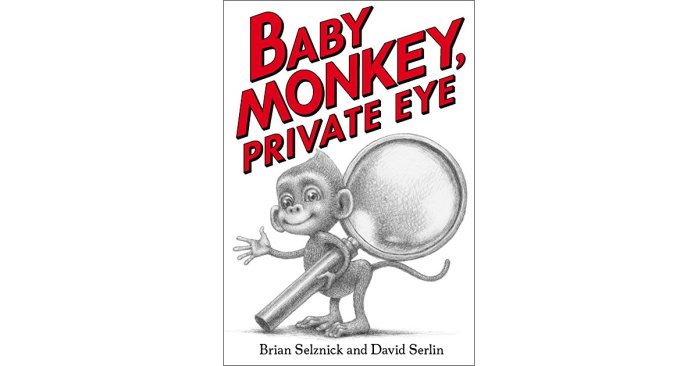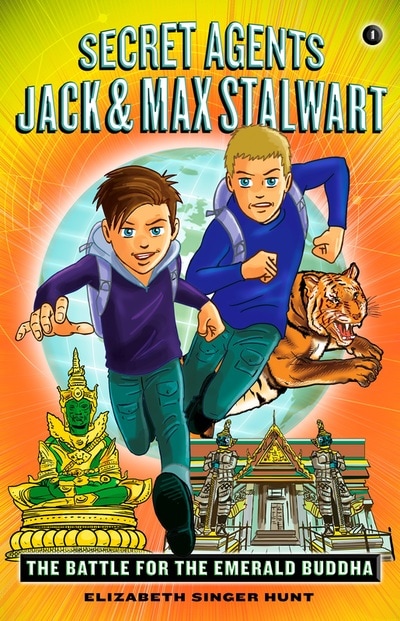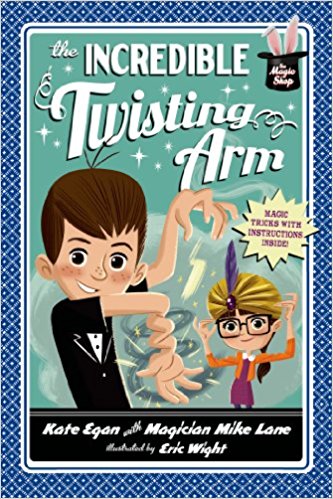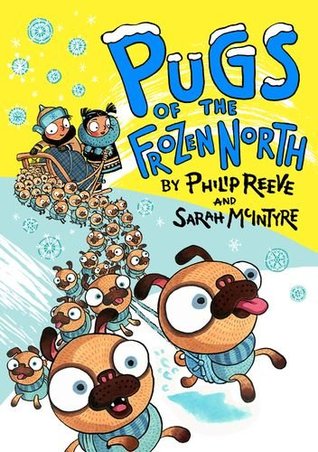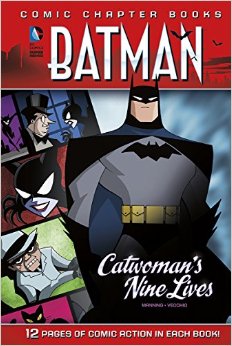Note: This is the last post for Chapter Book Chat. I’ve moved on to other endeavors, but I’ll keep the blog up for some time. There are a total of 128 posts, so please use the search function to find good books for the kiddos in your world.
Baby Monkey, Private Eye
By Brian Selznick and David Serlin, Illustrated by Brian Selznick
Published by: Scholastic Press (February 27, 2018)
Available in: hardcover, Kindle
At the time of this review, this was a standalone book.
Ingenious.
Baby Monkey, Private Eye is meld of different children’s book genres, storytelling techniques, subtle clues, and pure genius.
The format blends picture book, beginning reader, and graphic novel in a chapter-by-chapter caper that follows what could be the cutest protagonist in children’s fiction—and yes, that’s saying a lot. Baby Monkey is a hilarious little imp that, in every chapter, solves a crime… but first he must negotiate difficult tasks such as putting on his pants.
With repetition, rhythm, surprise bumps in the story arc, and simple crimes/solutions, this book will give emerging reader that most precious of gifts: a love of the book format, and a love of watching a story develop, change from the expected, and find a satisfactory, complete denouement. The story is endearing, witty, and oddly engrossing for something so simple.
And then, there are the illustrations. Luscious, funny, smart, and charming, the unpretentious pencil drawings bring each page alive with empathy, pathos, and comedy. Each chapter also contains a beginning illustration that is brilliant: Baby Monkey is shown in his office, surrounded by items that relate to the coming crime. To wit, Chapter Two, which begins the Case of the Missing Pizza, shows Baby Monkey in his office reading a book titled Famous Pizza Crimes, while around the room are a map of Italy, a poster for “The Italian Job” film, a picture of a traditional Italian restaurant setting, a bust of Michelangelo’s David sculpture, and more. See? Ingenious.
What do you say teachers, parents and writers? Use the comment below and let’s chat….
